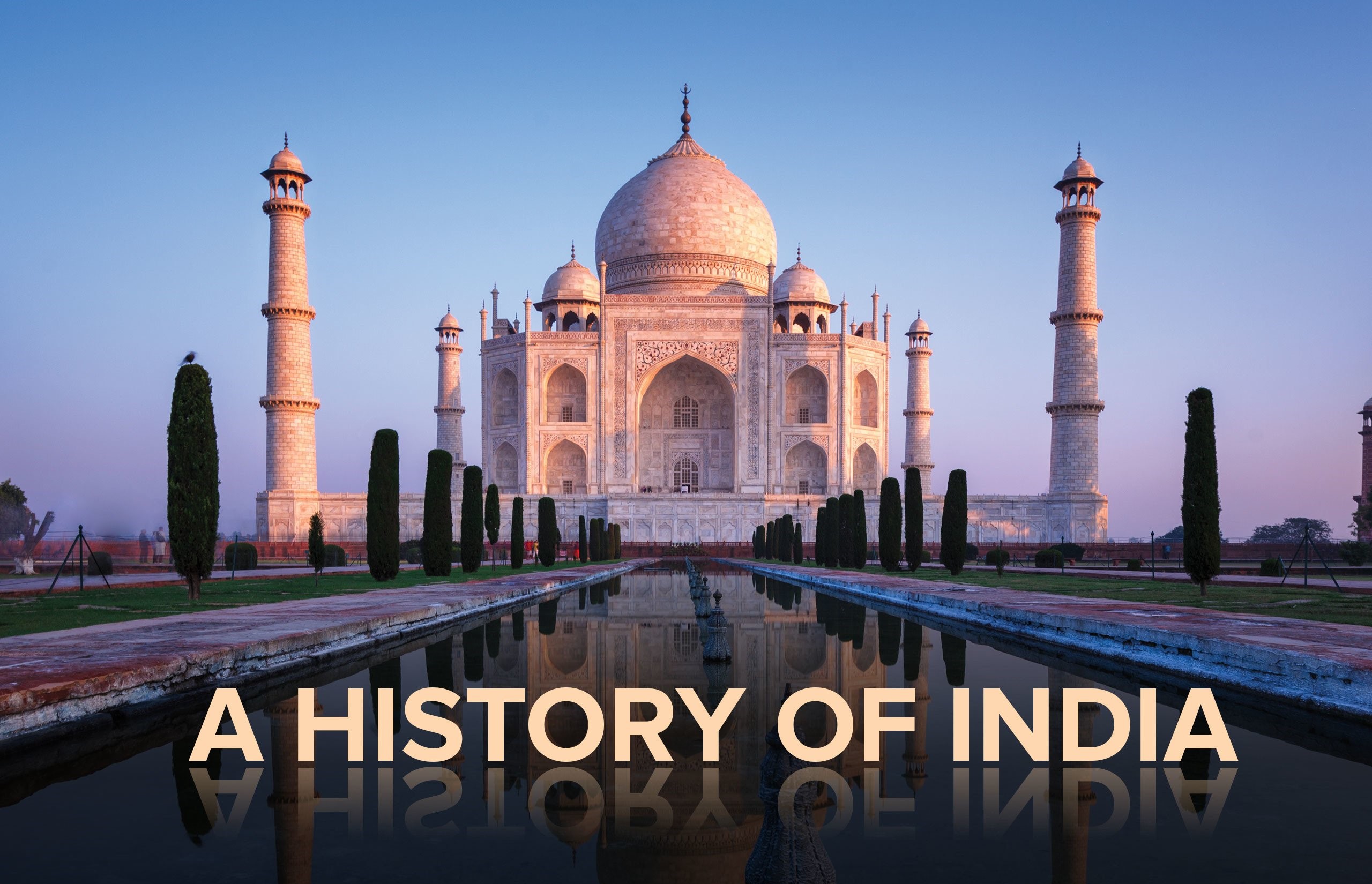Advent of the Europeans
The Advent of the Europeans
Portugese
» The Cape route was discovered from Europe to India by Vasco da Gama. He reached the port of Calicut on May 17, 1498 and was received by the Hindu ruler of Calicut (Known by the title of Zamorin).
» This led to the establishment of trading stations at Calicut, Cochin and Cannanore.
» Cochin was the early capital of the Portuguese in India. Later Goa replaced it.
» Francisco de Almeida was the first governor of Portuguese. Almeida (1505-09) introduced ‘the policy of Blue water'.
» Alfonso d’Albuquerque was the second governor of Portuguese. Albuquerque (1509-15) introduced ‘the policy of Imperialism’. He capturod Goa from the ruler of Bijapur in 1510.
» Nino da Cunha (1529-38) transferred his capital from Cochin to Goa (1530) and acquired Diu and Bassein (1534) from Bahadur Shah of Gujarat.
» Martin Alfonso de Souza (1542-45): The famous Jesuit Saint Framisco Xavier arrived in India with him.
» Portuguese power witnessed a decline by the end of the 16th century.
» They lost Hugli in 1631 after being driven out by Qasim khan, a Mughal noble of Shahjahan.
» In 1661 the King of Portugal gave Bombay to Charles II of England as dowry when he married the former's sister.
» The Marathas captured Salsette and Bassein in 1739.
» In the end they were left only with Goa, Diu and Daman which they retainer) till 1961.
Dutch
» Formation of the company in March, 1602, by a charter of Dutch parliyament the Dutch East India Company was formed with powers to make wars, conclude treaties, acquire territories and build fortresses.
» The Dutch set up factories at Masulipattam (1605), Pulicat (1610), Surat (1616) Bimihpatam (1641), Karaikal (1645), Chinsura (1653), Kasimbazar, Baranagore, Patna, Balasore, Negapatam (all in 1658) and Cochin (1663).
» The Dutch replaced the Portuguese as the most dominant power in European trade with the East, including India.
» Pulicat was main centre in India till 1690, after which Negapatam replaced it.
» The Dutch conceded to English after their defeat in the battle of Bedera in 1759.
English
» Before the English India Company established trade in India, John Mildenhall,a merchant adventurer, was the first English man who arrived in india in 1599 by the over land route ostensibly for the purpose of trade with Indian merchants.
» 'The Governor and Company of Merchants of London Trading into the East Indies’, popularly known as the English East India company, was formed in 1600.
» Captain William Hawkins arrived at Jahangir’s court (1609) to seek permission to open a factory at Surat. A Farman was issued by Jahangir permitting the English to build a factory at Surat (1613).
» Sir Thomas Roe came to India as ambassador of James I to Jahangir’s court in 1645 to obtain the permission to trade and erect factories in different parts of the empire.
» The English East India Company acquired Bombay from Charles II on lease. Gerald Aungier was its first governor from 1669 to 1677.
» In 1690, Job Charnock established a factory at Sutanati and the zamindari of the three villages of Sutanati, Kalikata and Gobindpur was acquired by the British (1698). These villages later grew into the city of Calcutta. The factory at Sutanati was fortified in 1696 and this new fortified settlement was named Fort William in 1700.
» In 1694, the British parliament passed a resolution giving equal rights to all Englishmen to trade in the East. A new rival company, known as 'the English Company of Merchants Trading to the East Indies' was formed (1698).
» The final amalgamation of the company came in 1708 under the title of 'The united company of Merchants of England Trading to the East Indies'. This new company continued its existence till 1858.
French
» The French East India Company was formed by Colbert under state patronage in 1664.
» The first French factory was established at Surat by Francois Caron in 1668.
» A factory at Masulipatam was set up in 1669.
» The French power in India was revived under Lenoir and Dumas (governors) between 1720 and 1742. They occupied Mahe in the Malabar, Yanam in Coromandal and Karaikal in Tamil Nadu (1739).
» The arrival of Dupleix as French governor in India in 1742 saw the beginning of Anglo-French conflict (Carnatic Wars) resulting in their final defeat in India.
Anglo-French Conflict/Carnatic Wars
» An instance of Anglo French rivalry.
» First Anglo-French war (1746-48): The French besieged Madras. At St. Thome battle the Nawab of Carnatic's army was defeated by French under Dupleix.
» The Treaty of Aix-La-Chapelle (1748) ended the war of Austrian succession and First Anglo-French war in India.
» Second Anglo-French war (1749-54) : Dupleix aligned with Muzaffar Jung (Hyderabad) and Chanda Sahib (Carnatic / Arcot). After initial reverses, Robert Clive emerged victorious.
» The treaty of Pondicherry/Treaty by Godehu (new French governor in place of Dupleix): 1754-ended the Second Anglo-French War.
» Third Anglo-French war (1758-63) : French Count de Lally captured Fort St. David. French were defeated at Wandiwash (1760). It was a decisive defeat of French.
» The treaty of Paris (1763) ended the Third and Final Anglo-French war in India. Pondicherry was returned to French by this treaty.
